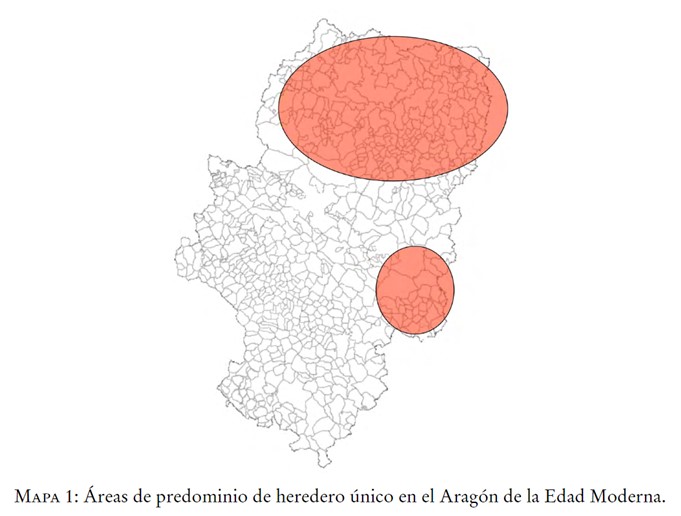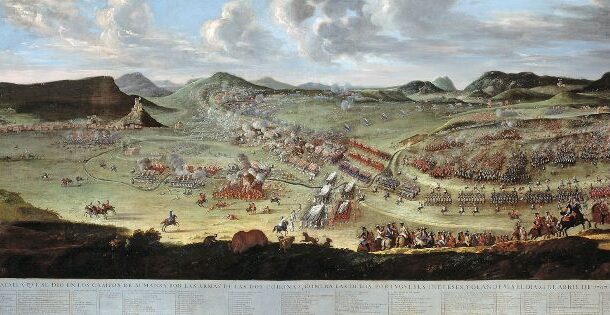Coinciding with the last years of the reign of Philip II, Zamora experienced a period of demographic and economic crisis, linked to the excessive fiscal pressure of the monarch and a series of bad harvests that condemned the population of Zamora to a marked increase in mortality and a general impoverishment of the population. Through the censuses, censuses, neighbourhoods and lists of trades, a chronological evolution can be established for the inhabitants of Villafáfila, showing a progressive increase in mortality during practically the last quarter of the 16th century, until 1599, when the plague epidemic marked the peak in the mortality rate for the whole period.
With regard to baptisms and births, until 1586 the town managed to maintain a positive vegetative balance, but from this year onwards the balance became negative. This situation was to continue in the last years of the century – between 1593 and 1597 – in which the number of baptisms did not exceed 7 children a year, with between 2 and 3 being baptised during these years. This situation is the clear cause of a great loss of residents and would mark the socio-economic level of the town for the following generations.
Collection: Graphics
Project: 3. Rural world and urban world in the formation of the European identity., 4. Family, daily life and social inequality in Europe.
Chronology: XVI
Scope: Secondary Education, Baccalaureate, University, Postgraduate
Link: http://www.tiemposmodernos.org/tm3/index.php/tm/article/view/5
Resource type: Graph
Format: Line chart
Source: Rodríguez, E. (2001). "Villafáfila a la muerte de Felipe II: Crisis demográfica y ruina económica", en Tiempos modernos, nº 2, p. 44.
Language: Spanish
Date: 2001
Owner: Roberto José Alcalde López (Modernalia)
Copyright: ©Tiempos Modernos ©Elías Rodríguez Rodríguez
Abstract: Graph showing the evolution between 1575 and 1599 of deaths and baptisms in the parish of San Salvador de Villafáfila (Zamora)
Tags







